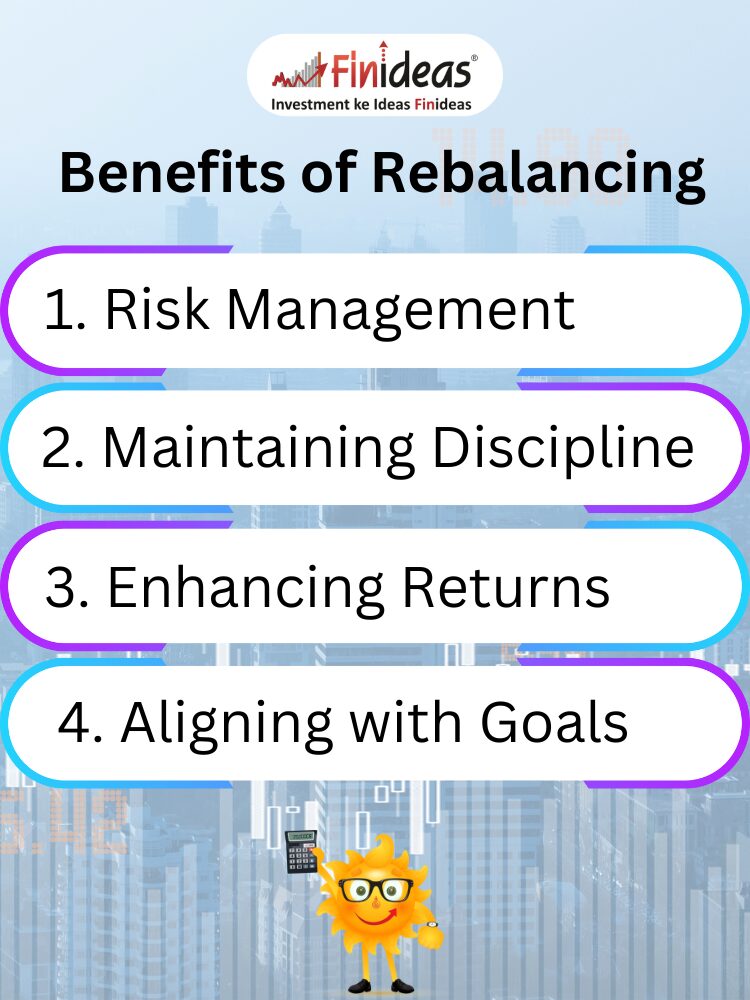Maximizing Returns The Crucial Role of Rebalancing in Long-Term Index Strategy
In the world of investing, particularly in the context of the Indian market, the concept of long-term index strategy has gained significant traction among investors seeking stable and consistent returns. One of the key strategies that underpins the success of such investment approaches is rebalancing. Rebalancing is a disciplined technique that involves periodically realigning the asset allocation of a portfolio back to its original target allocation. While it may seem like a mundane task, rebalancing plays a crucial role in maximizing returns and managing risk over the long term.
Understanding Rebalancing
To grasp the importance of rebalancing, let’s first understand how it works. Imagine you have a portfolio consisting of various asset classes such as stocks, bonds, and commodities, with specific target allocations, say 60% stocks, 30% bonds, and 10% commodities. Over time, due to market fluctuations, the value of each asset class within your portfolio will change at different rates. As a result, the actual allocation of your portfolio will deviate from the initial target allocation.
For instance, if stocks outperform bonds and commodities over a certain period, the value of your stocks may increase to 70% of your portfolio, while bonds and commodities decrease to 25% and 5%, respectively. This drift from the original allocation exposes your portfolio to higher risk levels than initially intended.
Benefits of Rebalancing
- Risk Management: Rebalancing helps manage risk by ensuring that your portfolio doesn’t become overly concentrated in one asset class, which could expose you to higher volatility and potential losses.
- Maintaining Discipline: It enforces discipline by prompting investors to buy low and sell high. When rebalancing, you’re essentially selling assets that have performed well and buying assets that are relatively undervalued.
- Enhancing Returns: Contrary to the intuitive notion of “letting winners run,” studies have shown that periodic rebalancing can actually enhance returns over the long term by capitalizing on mean reversion and market inefficiencies.
- Aligning with Goals: Rebalancing helps keep your portfolio aligned with your investment goals and risk tolerance, ensuring that you stay on track to meet your financial objectives.
In the Indian market, where volatility can be relatively high and market dynamics are influenced by a myriad of factors including economic policies, geopolitical events, and global market trends, the role of rebalancing becomes even more pronounced. Indian investors, like their counterparts elsewhere, often face the challenge of emotional decision-making driven by market sentiments. Rebalancing provides a systematic approach that helps mitigate the impact of emotional biases and ensures a disciplined investment strategy. Index Long Term Strategy of Finideas is really good for people within the Indian market & even for NRI.
For the audience: How often do you currently rebalance your investment portfolio, and what factors influence your decision-making process when it comes to rebalancing?
In conclusion, while the allure of chasing high-flying stocks or timing the market may seem tempting, a disciplined approach anchored by regular rebalancing remains a cornerstone of successful long-term investing, especially in the Indian context. By adhering to a well-thought-out rebalancing strategy, investors can navigate market fluctuations with confidence, ultimately maximizing returns while effectively managing risk.
Happy Investing!
This article is for education purpose only. Kindly consult with your financial advisor before doing any kind of investment.


